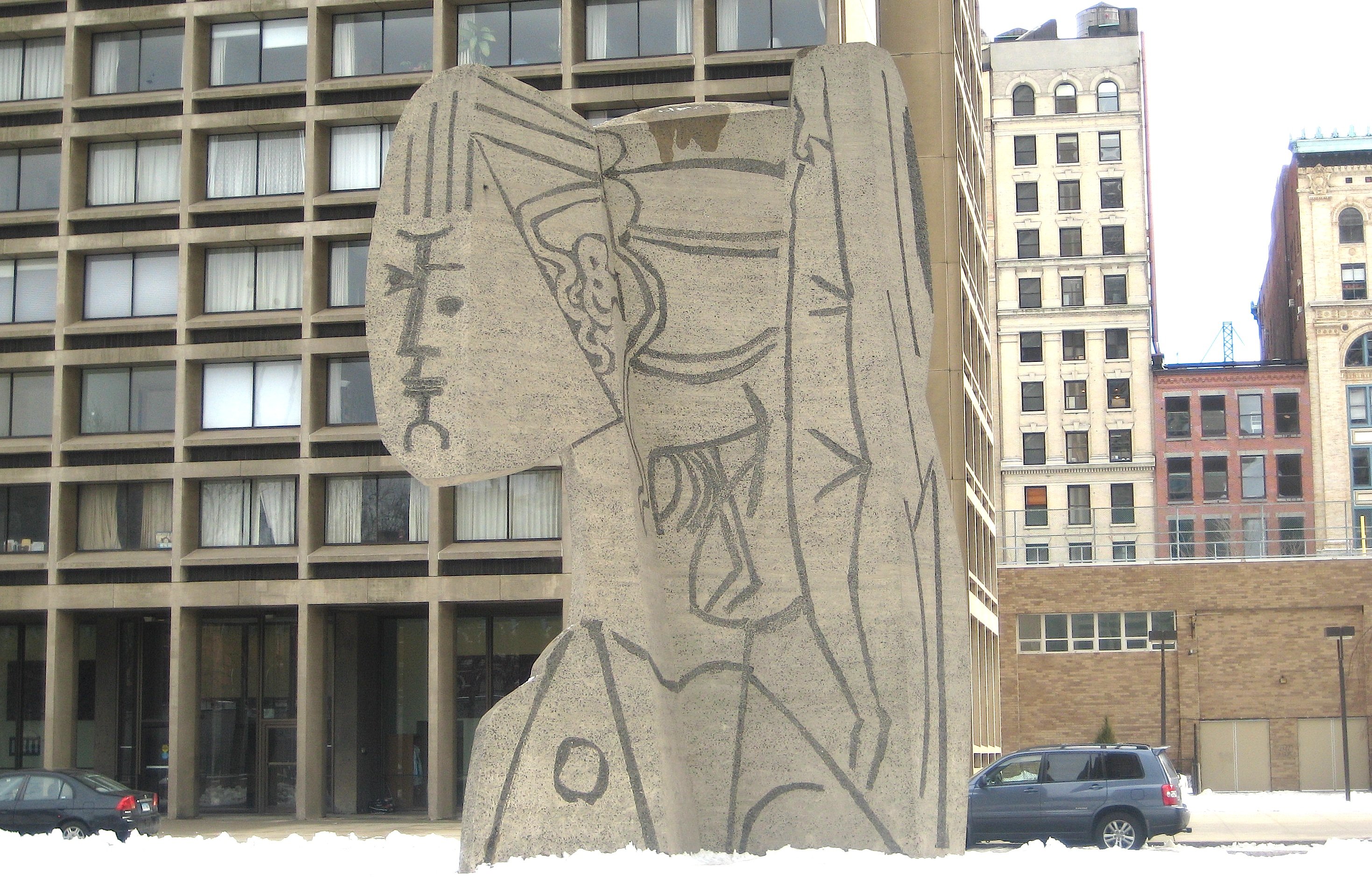Every physical object, artwork, environment we meet - when is a significant one - changes for our perception. The way we actually perceive it is changed by what we project on the item. We can say the same thing for everything, of course, but let's focus on the particular interaction artworks and planned spaces can generate.
A big statue in a park, a large square in a city (just examples) are designed to communicate by the memories, the feelings, the cultural legacy they summon and carry. So, in a way, we can say that there is a mental object beside the physical one. Nothing new or deep in that.
But let's now think about a physical artwork for which there is a corresponding, virtual 3D object that add features to the physical one (animation, colors, interactions). Or let's think about a virtual 3D object designed to overlap the real, physical object when you look at it - in the actual place where it stays - using a VR viewer.
For example, let's think to a big statue in a public place, like the Picasso's big concrete statue in New York City, the “Bust of Sylvette”.

What if an artist creates a physical statue considering also a virtual doppelganger for it - a twin sister which you can see online or using some Google Glasses? A twin sister which can move and interact with the ones that are watching and touching it, that can change colors, and play stories and actually add more visual contents to the original, physical one.
Just thinking about how - and if - such an artwork or an architectural space can open new roads and ways for Art and artists. Expecially considering that, in my opinion, an artwork and an art-space always communicate suggesting stories for the "mental twin" that the viewers create.
What if a physical place like Steem Park could interact that way too? :)
